Online marketing can be the key to attracting new interior design clients, whether you’re serving people from your region or e-design clients across the globe.
However, converting a social media follower or website visitor into a client hinges on one crucial element: trust.
In today’s blog post, we’ll talk about how you can build trust with potential home decor clients through online content.
Why is trust important for interior designers and home stagers?
Whether you are a virtual interior designer or offer in-person design services, investing time in building trust is invaluable as it allows you to create lasting relationships and helps to build a stronger brand.
People are more inclined to purchase a product or book a service when they know and trust the business they’re dealing with. It makes sense; with numerous brands vying for our attention and business, we strive to make informed decisions and avoid regrets.
In the context of interior design, potential clients seek reassurance that their projects will align with their vision, that their requirements will be met, and that their budget won’t be exceeded.
Interior design projects often represent a substantial financial investment, not to mention the time dedicated to transforming a vision into reality.
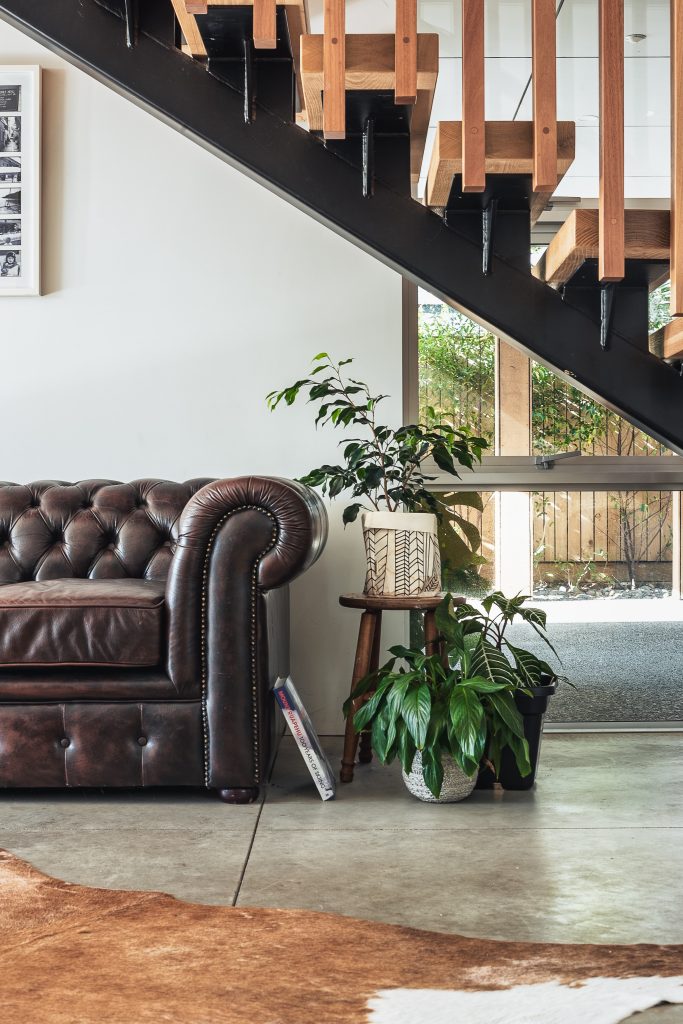
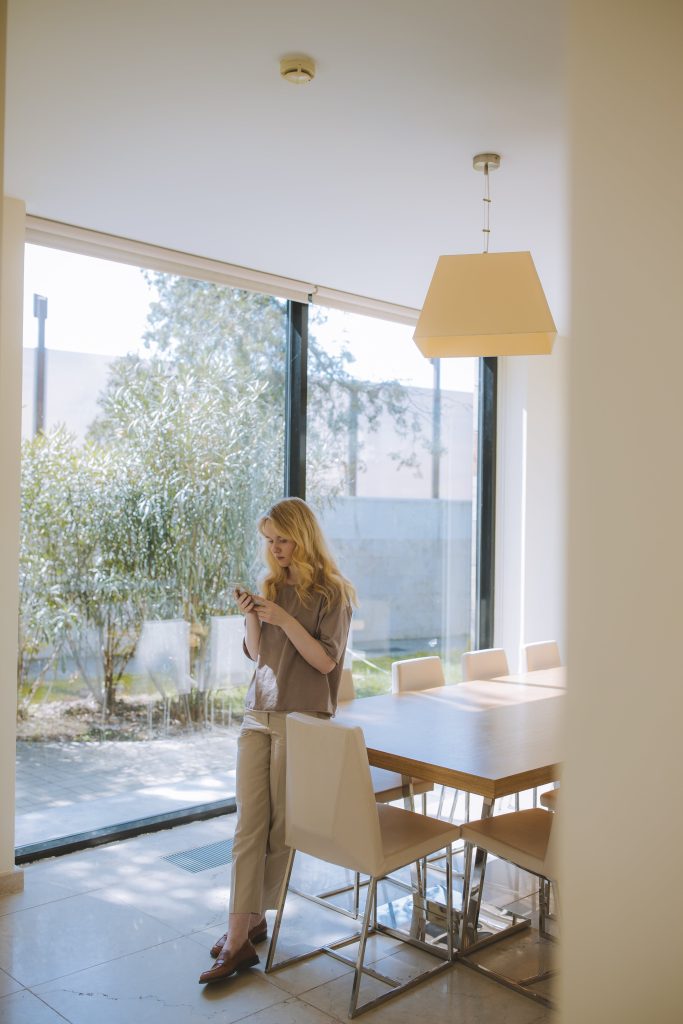
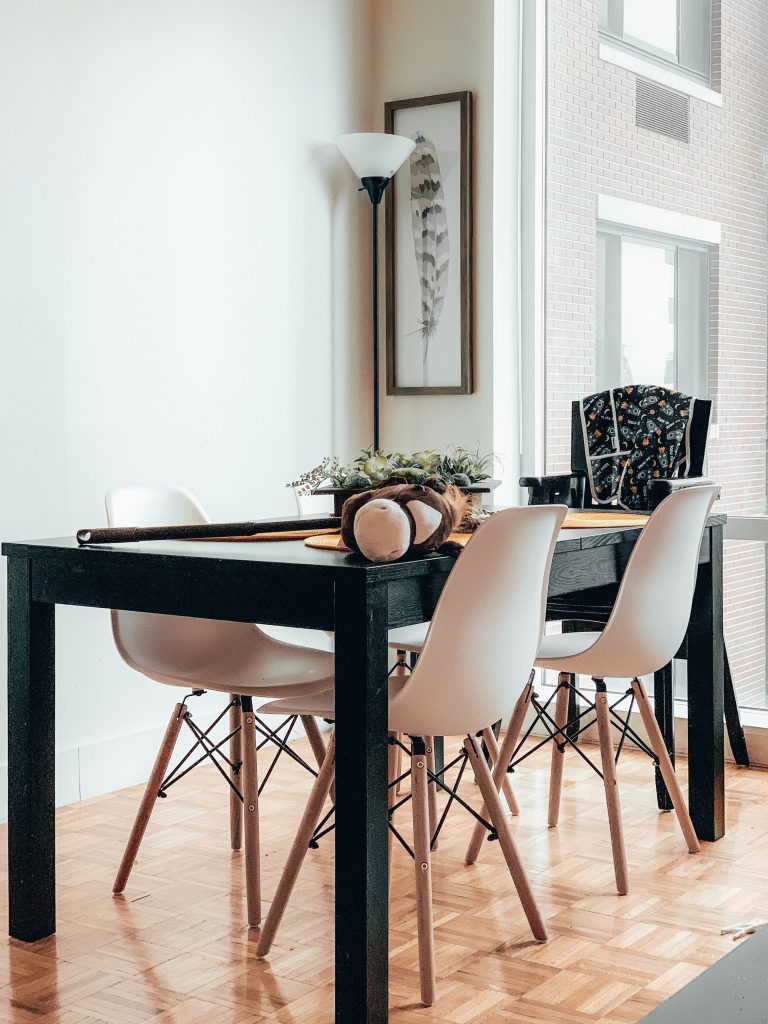
Making the wrong choice can have serious consequences for a disappointed client, and nobody wants to go through the hassle of finding a new designer to fix poorly executed work.
This is why trust-building is crucial for interior design professionals. A lack of trust can simply translate to a lack of clients.
On the flip side, past clients who have had positive interactions with your business are more likely to respond favorably to your messages and the services you offer.
When you add proven, reliable performance or services to the mix, you’re more likely to instill trust in your ideal clients through credibility. Clearly showcasing your excellent work and satisfied clients makes it easier for people to trust your brand. They’ll be more inclined to think, “I trust this brand—it feels authentic, and it’s evident they can deliver on their promises!”
Understanding the ‘know, like, and trust’ factor
The ‘know, like, and trust factor,’ or KLT for short, is about how people perceive the integrity of your brand and how likely they are to hire you for their home decor needs.
So, how does this process play out on social media?
It begins when someone discovers your brand, maybe on Instagram or Pinterest. If they’re actively seeking services like yours and they like what they see, their interest in learning more grows.
To achieve this, you need to build trust, for example by creating content that resonates with your ideal clients and provides the value they seek.
Building trust is a gradual process, and every effort you put into your online content brings you one step closer to converting followers into clients.
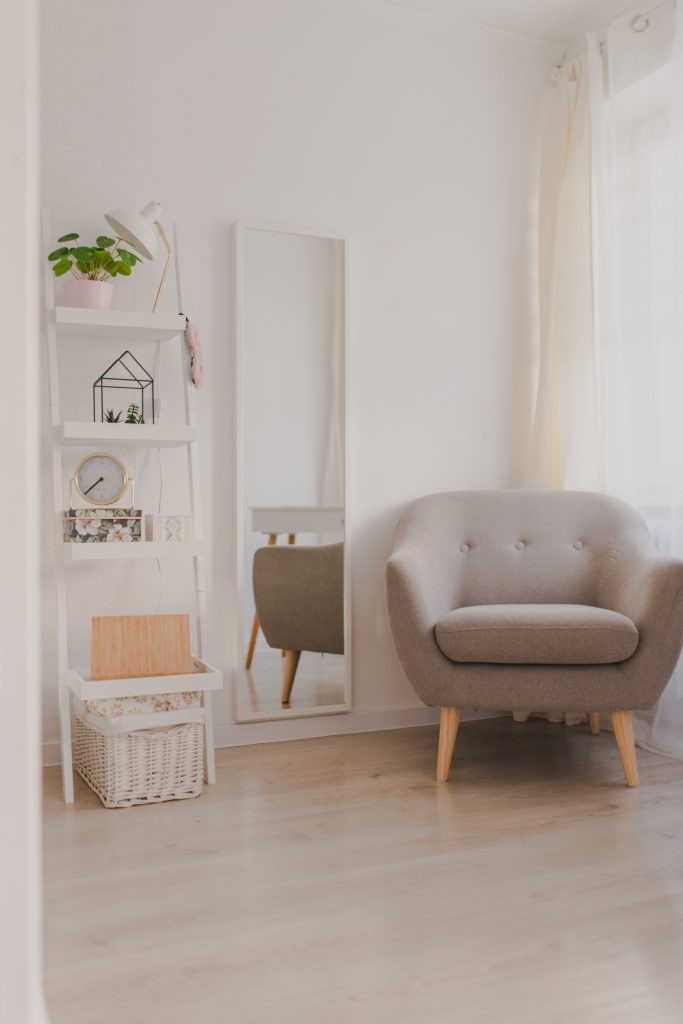
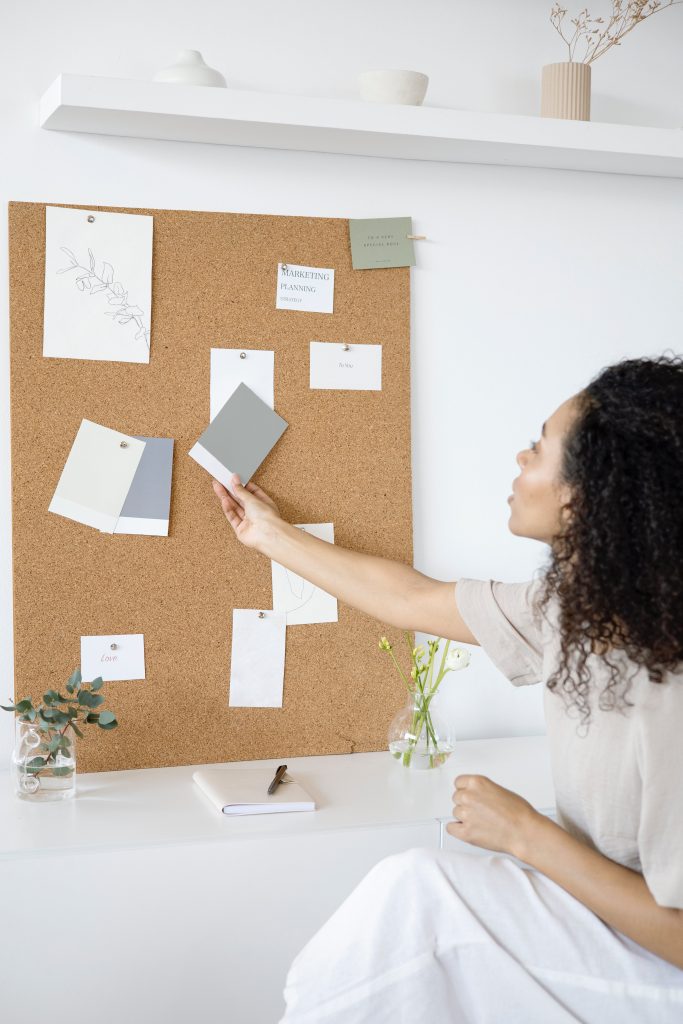
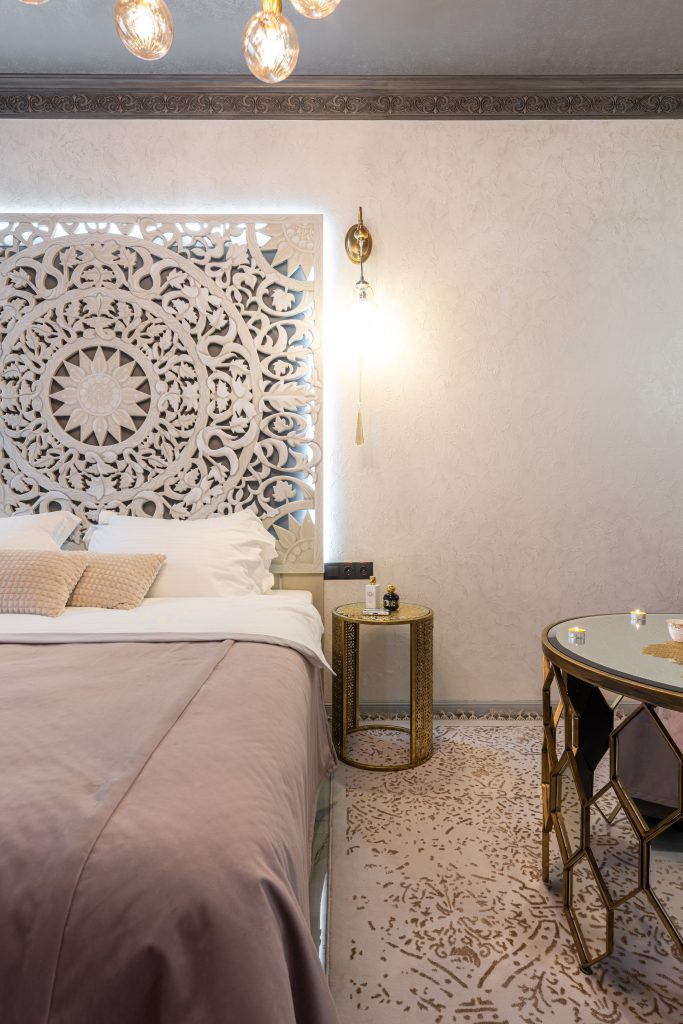
Think of this process as a funnel, starting at the top where people become aware of your business, then moving into the middle where they know your brand but are still deciding whether to use your services. Finally, they reach the bottom where they could become part of your client base.
Only a fraction of people who find you online or follow you on social media will eventually become paid clients, and that’s normal. Sometimes, people might follow your profile as supporters without actively seeking interior design services yet.
However, you can still build trust with the content you create, ensuring that when people are ready for your services, they’ll feel more comfortable choosing you.
The ‘know, like, and trust’ factor in practice
In essence, building your KLT factor in the online realm boils down to sharing genuine content. For each stage of the KLT funnel, there are specific content formats that align well with the stage that your followers are currently in.
During the Know phase, consider posts like behind-the-scenes glimpses of your interior design projects, amusing Stories or Shorts injecting a bit of personality into your everyday office life, and before-and-after visuals showcasing the transformations you’ve achieved for clients (think turning a dull kitchen into a fab one!).
Transitioning to the Like stage, the focus shifts to connection and engagement. Q&A posts work well here, allowing you to share tips and tricks with followers or let them ask questions in the comments for you to answer.
In the final Trust stage, emphasize proven results through social proof, testimonials, and client success stories. Showcase your talent with real results, giving potential clients a clear picture of your brand’s credibility and your design skills.
Stories and Reels can work great as vehicles for the know-like-trust factor, offering vibrant, catchy visuals that pique interest and persuade followers to explore more about your brand during every stage of the process.
3 Ways to establish trust online
Now that we’ve looked at KLT, let’s dig into three ways to build trust online and on social media.
1. Social proof
Sharing examples of social proof can be one of the most effective tools for cultivating trust with your social media audience.
Authentic examples of your interior design business delivering exceptional results can build trust based on real stories. Reviews are a prime example of social proof. Imagine someone stumbling upon a Google Review of your business, boasting a 5-star rating for an interior design overhaul or a nursery design project. This could capture their interest and potentially persuade them to learn more about your services.
This is why you should never hesitate to request reviews from your past clients. It can be as simple as sending a message thanking them for choosing you for their recent project and asking if they would be willing to write a brief review.
Another aspect of social proof that you can leverage across various platforms is client testimonials. These can be featured in a dedicated section on your website, regularly updated to provide visitors with current insights into what people appreciate about your interior design business and why they trust your services.
You could also include beautifully designed testimonials into your social media content calendar. By doing so, you not only showcase client feedback but also add visual appeal to your platforms.
When using testimonials, choose those that are specific about your services, even in brief reviews. For instance, a generic statement like “I am so happy with the services I got!” doesn’t convey much.
On the other hand, a review stating, “I love the result of our kitchen renovation, especially the space-saving solutions while sticking to the budget!” says a lot more about the result and matched expectations.
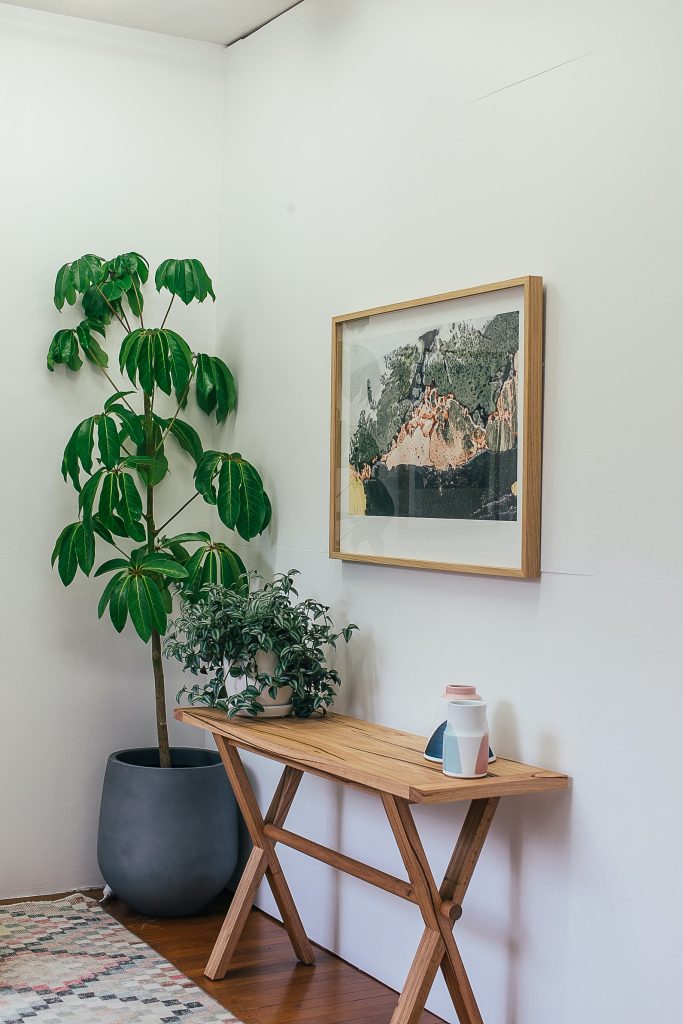
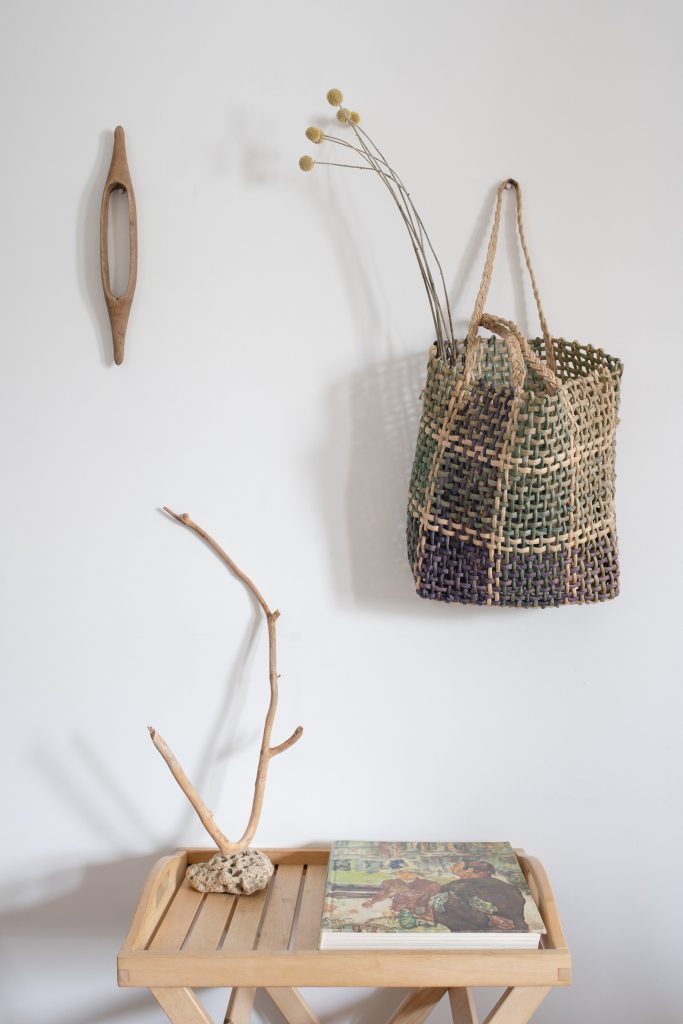
If your clients are active in local Facebook groups or other communities relevant to your interior design business, consider asking them for a shoutout. Approach this similarly to how you would seek Google Reviews: ask politely but proactively.
To streamline the process of collecting client reviews, think about integrating the request into your project workflow immediately after completion and delivery. Feel free to use a template and don’t be afraid to provide examples of the kind of details that would be appreciated to minimize the time your clients need to write the review. The sooner you make the request after project completion, the higher the likelihood of a positive response!
2. Building authority
Can you talk the talk and walk the walk when it comes to providing high-quality interior design services?
Building authority through your online content and demonstrating your skills can certainly help you build trust within your online community
You could, for instance, publish guest posts on reputable interior design websites, offering thought leadership articles on specific topics like sustainable home decor or achieving contemporary design on a budget. Also, don’t overlook your own blog, if you have one on your website – it can be a great place to boost your authority by blogging regularly, without other people having to approve your posts!
If you have people in your network who have their own podcasts, you can team up for episodes where you discuss interesting interior design projects or trends in the industry, providing valuable insights for listeners interested in updating their homes or workspaces.
Have a YouTube channel? YouTube is another great platform for authority building if you use it for publishing informative videos and Shorts (these can be also reposted Stories) that demonstrate your expertise. Cover topics like what to expect when working with an interior designer, how to budget for a home decor project, practical examples of interior design changes on a budget, and similar.
3. Sharing expertise
Showing people what you know and what you can do, as well as how you can help them solve their issues is a great way to show your interior design expertise.
Here are just a couple of ideas you could try:
- Write informative blog posts based on the interests of your ideal clients. This can be anything from moms looking for inspiration for their children’s rooms or homeowners who love entertaining and seek solutions to create perfect spaces for receiving guests.
- Offer a value-packed freebie or a lead magnet, such as checklists for home renovations, or a mini-guide on setting a home renovation budget. This not only builds trust but also expands your mailing list!
- Host Q&As and IG Lives for an interactive way to underpin your expertise and allow your audience to ask questions and engage with you directly.
- Conduct interviews with professionals in related services within your industry, subtly promoting your business and brand.
- Share valuable social media content, including educational posts where you explain interior design concepts or trends, highlights of your past projects, and posts that reveal a bit of your personal story and what you enjoy about your job.
How to be authentic across online content and in social media
Navigating authenticity when creating content, especially on platforms like Instagram and TikTok, might feel challenging, especially when you’re an interior designer, not a media personality!
It’s completely normal to feel this way, and many others share the same struggle.
However, people are drawn to authenticity, even on social media. They want to connect with the real you, not just consume soulless branded content. They’re interested in your personality, your motivations, and how you can relate to them.
The beauty of it is, that no one can outdo you at being yourself. Comparing yourself to other designers is futile. Instead, try channeling your energy into finding comfort in being your online self, whether you’re in front of the camera making Reels or writing captions.
Despite the initial discomfort, things will get easier with time and practice. And if it helps, try to reframe your perspective. Instead of viewing your social media efforts as promoting your business, see it as a way to serve your community and assist potential clients.

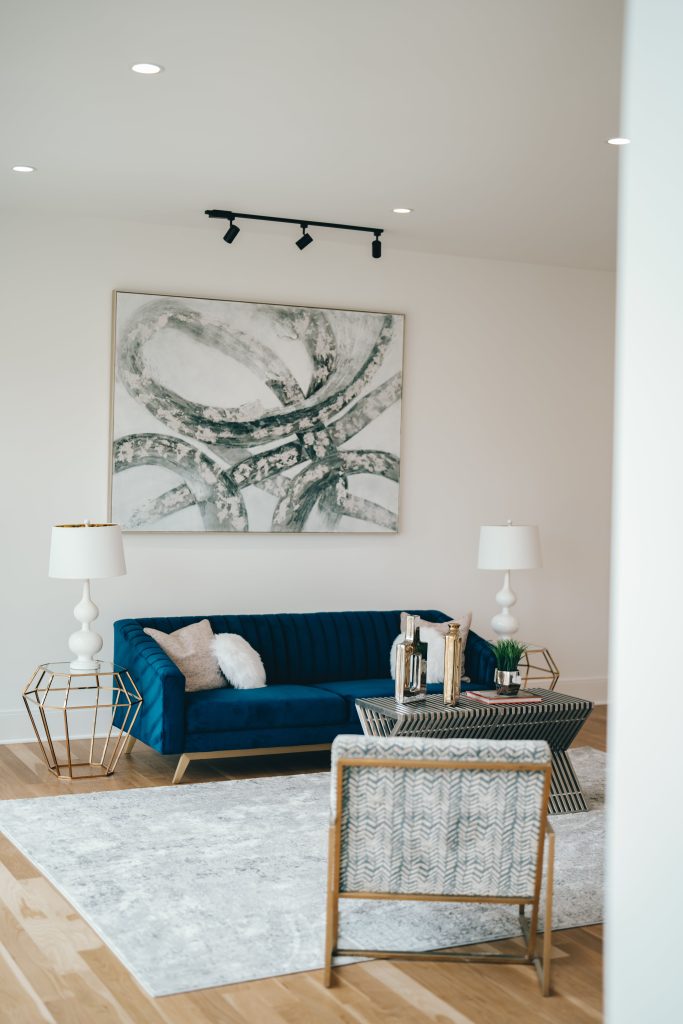
Tips for keeping your content authentic:
- Use a photo of yourself as your profile picture. It helps establish a connection with your brand and gives people an idea of who they could potentially be working with.
- Don’t be shy to show your face in Stories and Reels. Think of these as a visual business card, introducing yourself to potential clients.
- Get personal. Though it might feel uncomfortable, sharing personal stories, even moments of vulnerability, can work massively in your favor. It signals to your audience that there’s a real person behind your business and someone they can connect with on a more emotional level.
- Maintain personal language in your captions. You can keep it professional but try to sound as if you’re talking to a friend or offering advice. Avoid trying to sound like someone else. Own your unique style, whether it involves specific phrases or your use of emojis.
- Steer clear of hard sell tactics, especially on social media. Instead, focus on showcasing your design services through successful projects, satisfied clients, and addressing common pain points your clients might have.
Final thoughts on building trust in social media and online content
Building trust for your interior design business with online content isn’t just achievable; it’s highly probable if you follow our guidance.
As one final piece of advice, always keep your ideal client at the heart of your message, ensuring that the content you share resonates with their needs.
Disclaimer: This blog post may contain affiliate links and we may earn a small commission when you click on the links or purchase paid products at no additional cost to you. We only recommend products and software we truly believe to be helpful for your business.











